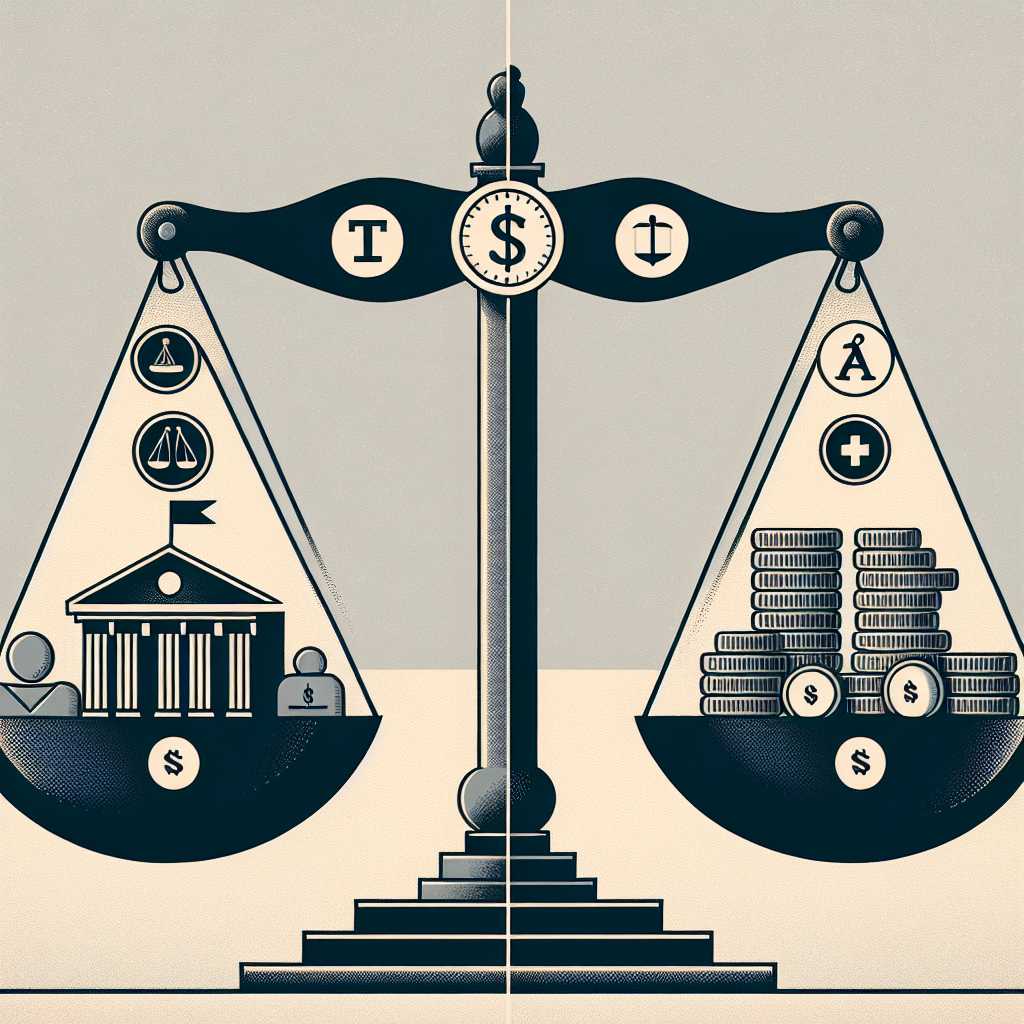The Impacts and Controversies Surrounding Austerity Measures
Austerity measures refer to governmental policies that aim to reduce budget deficits during adverse economic conditions. These policies are often characterized by reductions in government spending, increases in taxes, and a general drive toward fiscal consolidation. Over the past decades, austerity has stirred intense debate and garnered both ardent support and vehement opposition in political and economic discourse. This article presents a comprehensive analysis of austerity, covering its rationale, implementation, consequences, and the debates it ignites.
Understanding Austerity: The Theoretical Foundations
Austerity measures are principally grounded in classical economic theories that posit government budgets should be balanced to prevent excessive national debt and to maintain investor confidence. Proponents argue that when a government spends more than it earns, it has to make up the difference by borrowing, which leads to debt accumulation that could hamper economic growth.
Examples of Austerity Measures in Practice
Implementations of austerity vary by country and context but typically include a mix of cutting public services, reducing social welfare benefits, increasing taxes, freezing public sector wages, decreasing public sector employment, and privatizing government-owned assets. Countries like Greece, Spain, Ireland, and Portugal have all imposed such measures in recent times, mostly in response to the European sovereign debt crisis.
Short-Term Economic Impacts of Austerity
In the short term, austerity measures can lead to increased unemployment due to public sector job cuts, reduced overall demand in the economy as people have less disposable income, and potential increases in inequality if measures disproportionately affect lower-income individuals. This can trigger social unrest and protests as seen in various countries where such policies have been implemented.
Long-Term Consequences and Economic Recovery
Proponents argue that in the long term, austerity can encourage structural reforms, increase competitiveness through labor market flexibility, and establish sustainable government finances. Conversely, critics claim that austerity could stifle economic growth by reducing demand and possibly leading to a downward economic spiral.
Political Consequences of Austerity
Politically, implementing austerity measures is fraught with challenges. Governments face backlash as they try to balance international obligations (often as part of conditions for financial bailouts) with domestic dissatisfaction from voters facing the brunt of cuts. In many cases, these measures have led to changes in political leadership or the rise of new political movements.
Debates on Economic Theory and Austerity
Economists remain divided on the application of austerity. Keynesian economists advocate for increased government spending to stimulate demand during downturns, directly opposing austerity. Supply-side economists lean towards austerity for fear that debt might spiral out of control without it. This schism highlights deep ideological differences in economic thought on state intervention and fiscal responsibility.
Notes
Fiscal consolidation , often synonymous with austerity, denotes policies aimed at reducing government deficits and debt accumulation.
Spending Cuts involve reductions in government budgets dedicated to various services such as education, healthcare, or infrastructure projects. These are common objectives of austerity measures.
Tax Increases , while less popular politically, are sometimes implemented alongside cuts as part of austerity strategies to improve fiscal balance.
Effects on Employment : Austerity often results in public sector job losses as government spending decreases.
Public Perception : Surveys indicate a general unfavourable opinion towards austerity measures among affected populations due to their immediate socioeconomic impacts.
Image description: A subdued color illustration depicting a balance scale symbolizing government budget with one side representing taxes weighed against the other representing public spending covered with abstract icons of schools, hospitals, and coins to imply costs and savings associated with austerity measures.
